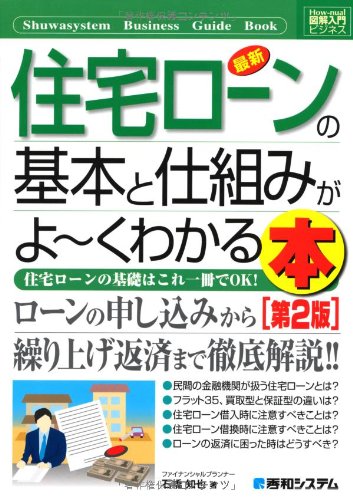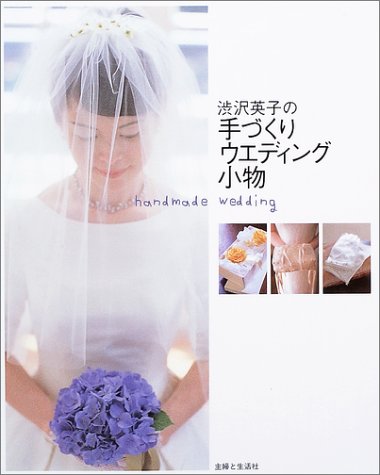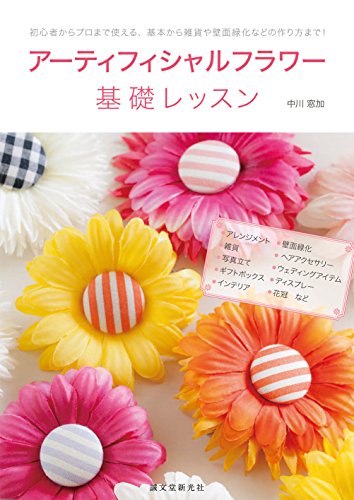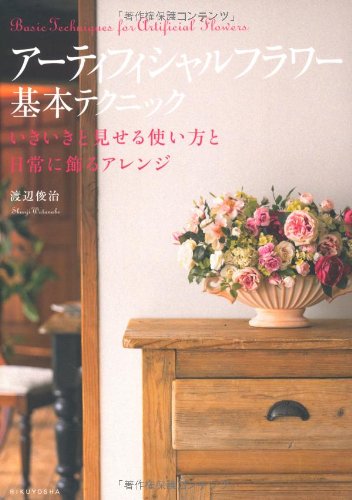1 0 0 0 Q&Aと対話式で超わかりやすいネットで稼ぐ人の確定申告
- 著者
- 鈴木カナコ著
- 出版者
- 創英社/三省堂書店 (発売)
- 巻号頁・発行日
- 2016
1 0 0 0 OA 理想流体扱いと粘性流体扱いが囲まれた環状軸流を受ける弾性梁の安定性に与える影響
- 著者
- 藤田 勝久 森朝 昭典
- 出版者
- 一般社団法人 日本機械学会
- 雑誌
- 日本機械学会論文集 (ISSN:21879761)
- 巻号頁・発行日
- vol.83, no.855, pp.17-00206-17-00206, 2017 (Released:2017-11-25)
- 参考文献数
- 10
In this paper, dynamic stability analysis methods of a beam subjected to a confined annular axial flow are dealt with. Such structures are submarine resources production pipeline, reactor core structures of nuclear power plants, high-speed trains passing thorough a tunnel, a piping system in the field of ocean mining, and so on. The relation between the annular axial flow velocity and the unstable dynamics of structures are clarified. We have compared two analysis methods which can evaluate the dynamic instability of such structures. In first analysis method, the fluid is treated as viscous fluid, and is governed by the Navier-Stokes equation, and the beam structure is treated as the Euler-Bernoulli beam. This is called as the viscous fluid solution namely NS solution hereafter. In second analysis method reported by (Rinaldi and Paidoussis, 2012), the fluid is treated as ideal fluid. Then the viscosity effect is added to the equation of motion. This is called as the ideal fluid solution namely R&P solution hereafter. The complex eigenvalue analysis of the fluid structure coupled equation of motion is performed in order to clear up the dynamic instability. Performing the parametric studies, the comparison between both solutions is investigated. When the fluid viscosity becomes large, the difference in the critical velocity between the viscous fluid solution namely NS solution and the ideal fluid solution namely R&P solution is found to be generated. The destabilization effect appears due to the fluid viscosity force terms of the added stiffness of the fluid-structure coupled equation only in the viscous fluid solution.
1 0 0 0 キャッシング教本
- 著者
- 健全なキャッシング委員会著
- 出版者
- データハウス
- 巻号頁・発行日
- 2004
1 0 0 0 OA 温泉水と廃アルミニウムを用いた地産地消型 水素生成システム実現の実験的検討
- 著者
- 最首 花恵 小坂 拓也 土屋 範芳 渡邉 則昭
- 出版者
- 日本地熱学会
- 雑誌
- 日本地熱学会誌 (ISSN:03886735)
- 巻号頁・発行日
- vol.39, no.1, pp.15-24, 2017-01-25 (Released:2017-07-25)
- 参考文献数
- 19
Hydrogen produced by the water-splitting reaction is one of the alternate sources derived from fossil fuels. However, the present systems for the hydrogen production still require the extra energy or processes such as heating, milling and adding the chemical agent. The hot springs in Japan are naturally in high temperature and in wide range of pH. We investigated the combination of hot spring water and waste aluminum that are appropriate for hydrogen production without extra energy. Here, we used waste aluminum for reducer of water-splitting reactor. The hydrogen production system in Onsen (hot spring) area has a potential to promote not only the environmental and energy problems but also the activation of the local community as the system of “local production for local consumption”. In this study, the effects of the characters of hot springs and the conditions of the hydrogen generator system were revealed by the laboratory experiments. The water-splitting reaction was enhanced by using the hot spring water of (1) lower pH (< 2), (2) higher temperature, and (3) higher ratio of HCl/H2SO4. The concentration of cations in the fluid is not related to the reaction rate of hydrogen production. The prototype of the hydrogen generator for the water splitting reaction by using the acidic hot spring water and waste aluminum was developed and used in two type systems: batch and flow-through. The laboratory experiment by using the original generator revealed that hydrogen production was more efficient in the flow-through system because of constant pH value of fluid.
1 0 0 0 IR <研究論文>障害と芸術 : 全国初の芸術コースを設置した特別支援学校の取り組み
- 著者
- 鈴木 文治
- 出版者
- 田園調布学園大学
- 雑誌
- 田園調布学園大学紀要 = Bulletin of Den-en Chofu University (ISSN:18828205)
- 巻号頁・発行日
- no.8, pp.17-48, 2014-03-25
特別支援学校では,児童生徒の教育的ニーズや学校の置かれた地域性を考慮して,教育課程を編成することが学習指導要領に記されている。それは,児童生徒を取り巻く様々な環境的要因を考慮し,また保護者や地域住民の要望,さらには時代的要請などを盛り込んだ教育目標の設定,教育の展開が求められているからである。教育の持つ普遍的な価値の実践をふまえつつ,一方で学校独自の教育の展開が期待されている。私は8年前に「神奈川県の特別支援学校のモデル校」として開設された神奈川県立麻生養護学校の初代校長を務め,学校独自の教育の展開を試みてきたが,本論は,その独自性の一つである全国初の「高等部の芸術コース」を取り上げ,「芸術コース」の意図する背景にあるもの,またその教育的成果について考察するものである。障害児教育における「美術・音楽・工芸」という芸術活動は,特別支援学校のみでなく,卒業後の福祉施設でも重要な位置づけとなっている。そのような芸術活動を高等部の教育の中核として位置づけた背景にあるものや,8年間の教育実践で見られる教育的成果について改めて検討したい。また,本論で取り上げる内容は,特別支援学校での教育実践だけでなく,インクルージョンの理念から見る芸術活動の意義についても考察している。これには次のような背景がある。開校以来,全国から教員を始めとする関係機関の人々が学校見学に訪れ,その中に文部科学省や厚生労働省の担当者がいた。彼らは芸術コースの取組を見学した後,このような活動が社会自立を目ざす障害児の教育に相応しいものかと発言し,障害者にとって,就労や自立のために労働意欲や体力を培う教育が本筋であり,芸術活動の取組は重要ではないと言い切った。障害者にとっての芸術活動は,教育的な意義においても社会自立のためにも極めて重要であるとの主張は認めてもらえなかった。従来から教育現場においては,芸術科目は基礎教科(国語,数学等)に比して一般大学の入試科目からも外されていることもあり,重要な教科と認められていない傾向がある。障害者にとっても「癒しの活動」と位置づけられるため,その活動の本来的な意義は十分に認識されていない。芸術活動は人間形成の上で最も重要な要素であり,教育上必須のものであるが,一般的にも専門家の間でも十分には理解されていない。その背景には,知育教育の偏重の根幹にある受験教育がある。全国初の芸術コースの設置を疑問視したことは,文部科学省や厚生労働省での,また一般社会における芸術活動への無理解が示されたものと見て取れる。しかし,開校後7年経った全国の特別支援学校校長会の冒頭の挨拶で,文部科学省の調査官は麻生養護学校の芸術コース設置の取組を紹介し,その意義を高く評価する発言をした。7年経って再評価された背景にはいったい何があるのだろうか。障害者の芸術活動の取組の拡大や,東日本大震災後のアートによるワークショップの充実が知れ渡ったこともあるのだろう。だが,文部科学省の芸術コースの評価が芸術活動への高揚には結びつかず,全国には芸術コースの置かれた特別支援学校は,その後一校だけ増えたに過ぎない。そのことは障害者のみならず,一般の教育における芸術活動への低い評価が払拭されていないことを示している。古く障害者や高齢者などの様々なニーズのある人々を対象に行われてきた芸術活動は,「芸術療法」として行われてきた。音楽療法や絵画療法,演劇療法,創作療法(俳句・短歌),工芸療法(工作や手芸)などがそれに当たる。これらは学校や福祉施設,病院などで広範に行われているが,「療法」として位置づけされている背景には,「病んでいる人」を対象に「社会自立」のための一環とされているからである。病人や障害者を対象とすることは,その活動を通して社会自立させる要因を内部に生じさせ,健常な人間を育成するという動機が伺えるからである。人間そのものを作り上げていく重要な教育的観点としての芸術活動からは,「癒しの芸術療法」とは依って立つ基盤が根底から異なっている。インクルーシブな社会を目指す今日的な考え方では,「療法」という用語には,「病人や障害者を癒すことにより,健常者に近づけ,社会自立を目指す」という発想が見て取ることができる。つまり障害者を健常者にするための芸術活動という考え方がある。しかし,そもそも芸術活動とは何か,また障害者を対象にした場合には「療法」として位置づけられているが,芸術活動は本質的に「療法」という領域に押し込められるものであるのか。とりわけ「インクルージョン」の理念による社会のあり方が求められている現在,障害者の芸術活動の意義を探ってみたい。
1 0 0 0 OA 心拍数による登山の運動強度とエネルギー消費量
- 著者
- 松阪 晃 太田 茂秋 富樫 泰一 土方 幹夫 吉田 章
- 出版者
- 一般社団法人 日本体育学会
- 雑誌
- 日本体育学会大会号 第46回(1995) (ISSN:24330183)
- 巻号頁・発行日
- pp.539, 1995-09-10 (Released:2017-08-25)
1 0 0 0 条約型重巡誕生の経緯と技術的特徴 (特集・回想の条約型重巡)
1 0 0 0 はじめての手作りウエディング小物
1 0 0 0 渋沢英子の手づくりウエディング小物
- 著者
- 川名晶子笹尾多恵佐藤晴美本永千絵指吸快子著
- 出版者
- ナツメ社
- 巻号頁・発行日
- 2009
1 0 0 0 はじめてのインテリアブーケ : 花と遊ぶ、花と暮らす
- 出版者
- 六耀社
- 巻号頁・発行日
- 2012
1 0 0 0 OA 特別史跡平城宮跡の保存と活用
- 著者
- 内田 和伸
- 出版者
- 岩手大学平泉文化研究センター
- 雑誌
- 岩手大学平泉文化研究センター年報 = Hiraizumi studies (ISSN:21877904)
- 巻号頁・発行日
- vol.5, pp.81-104, 2017-03-30











